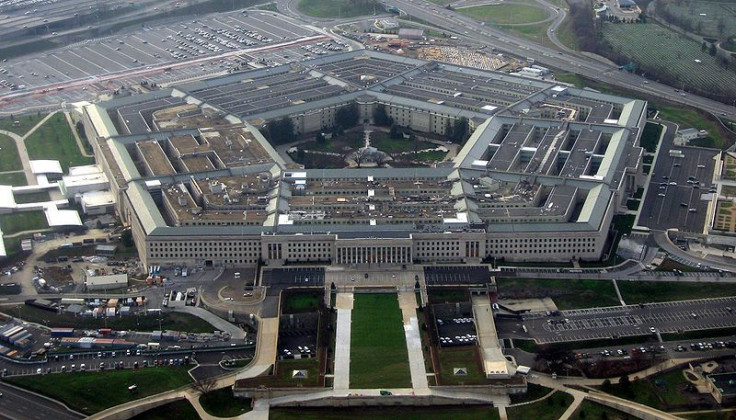Facing Realities On The U.S. Defense Budget

When I worked with a group of high-ranking former military and civilian national security officials last year to develop a new U.S. defense strategy called “Strategic Agility,” we assumed our elected policymakers would not be so stupid as to allow the mindless across-the-board federal budget cuts known as sequestration to happen. We were wrong.
The U.S. armed forces have now lived with sequester for more than six months and are poised to suffer under sequester through all of the next budget year as well. In the increasingly vain hope that a comprehensive fiscal deal will be reached, President Barack Obama, the House and the Senate have all offered budgets and appropriations bills that fund defense well above the caps set in law.
The temporary continuing resolution now before Congress has the same flaw. If the final funding bill continues to exceed the legislated caps, the law will be enforced in fiscal 2014 with the same blunt cuts that have left planes in their hangars, ships in port, and service members off the training grounds during the current year.
When it became clear that our elected officials were ignoring reality, we reconvened and expanded our group of 17 senior former officials – including two former vice chairmen of the Joint Chiefs Staff, a former Air Force chief of staff, a former chief of naval operations and two retired four-star Army generals. We re-examined our proposed strategy in the light of both international and domestic events. We concluded that Strategic Agility still shows the best way to protect America and issued a new report on released Sept. 24.
Our new report, funded by a grant from the Peter G. Peterson Foundation, describes a defense strategy that would advance America’s national security but still make it possible to cut about $50 billion from the Defense Department’s annual budget. It makes 27 specific recommendations to implement this Strategic Agility strategy as an alternative to the budget cuts required by sequestration.
The U.S. remains the only nation capable of rapidly moving forces around the world to deter enemies, reassure allies and -- if necessary -- strike quickly and effectively at discrete targets. Events in the past year -- including the movement of forces to counter North Korean provocations, reassure allies in the Middle East and support the French intervention in Mali – have again demonstrated the value of these capabilities.
In contrast, decades of experience in Vietnam, Iraq and Afghanistan have shown that U.S. military involvement in large-scale ground operations intended to bring security, democracy and effective governance to foreign cultures is far less likely to advance our national security interests.
By embracing a strategy that builds on the America’s unparalleled capabilities in globe-spanning mobility, intelligence, communications and precision strikes, we found the $50 billion in annual defense savings. Half the savings came from long-needed management reforms. The other half came from force structure and modernization changes that would better tailor the U.S. military to face the challenges of the world we live in.
The Defense Department must reform how it does business by taking decisive action to cut bloated overhead costs and constrain skyrocketing retirement and health care benefits that threaten our ability to provide for future service members. While there are significant political and bureaucratic obstacles to implementing these reforms, we believe they can be overcome through continued leadership from our senior uniformed leaders.
In designing the force, we emphasized the need to maintain robust space, naval, air and special operations forces while reducing the size of the active Army and Marine Corps and at the same time maintaining sufficient strike forces for limited contingencies. We hedge against strategic uncertainty by maintaining robust ground and air capabilities in our combat-proven guard and reserve units. We also updated our Cold War-era nuclear forces, including reducing anachronistic tactical nuclear weapons.
In addition, we revised modernization plans to best prepare U.S. forces for the future. These changes include delaying purchases of the F-35 fighter to allow it to be tested thoroughly before committing to large-scale purchases, and increasing investments in critical capabilities like cyber-warfare, theater missile defenses, the next-generation bomber and advanced technologies.
The United States and its allies can be safely defended at $475 billion a year. The changes we suggest, for example, would leave a military capable of executing all of the options being considered in Syria, to say nothing of fulfilling our commitments in East Asia.
In fact, the United States would be better defended if our elected policymakers made the hard choices to tailor our forces for real world conflicts, rather than appropriating imaginary higher budget levels that will force automatic, arbitrary cuts. Both the international situation and the continuing internal fiscal crisis make these changes imperative.
Barry Blechman is chairman of the Stimson Center’s Defense Advisory Committee and co-founder of Stimson, a nonpartisan and nonprofit international security think tank.
© Copyright IBTimes 2024. All rights reserved.





















